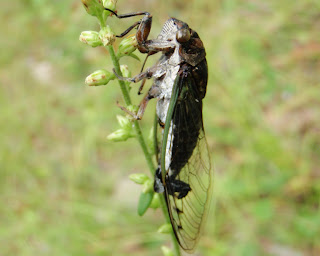

11-23
Old Puzzle - New Clues After an overnight snowstorm on Dec.,30,1998 I found over 100 cutworms atop the fresh snow covering my back lawn. The following night temperatures dropped to -8 degrees Fahrenheit. Even after laying atop the snow at sub-zero temperatures these worms were capable of thawing out and resuming normal activity after just half an hour inside!
This morning the snow on my lawn was once again peppered with cutworms. Well over 100 of them. Perhaps Winter Cutworms AKA Snow Earthworms (Noctua Pronuba) which may stay active and feed even under the snow.
Winter cutworms were first introduced from europe into Nova Scotia. They were first seen in Vermont in 1989.
Winter cutworms or, as I prefer, Snow cutworms are the larvae of the Large Yellow Underwing moth.
My identification of these as Snow Cutworms is tentative at best, and I was a little hesitant to share anything about which I'm so uncertain. But, I now (after 13 years) have pictures of the worms... atop the snow!
If not Snow Cutworms, what? And why?
(One of the accompanying pictures is of a worm on the snow. The other was taken inside.)
John




































